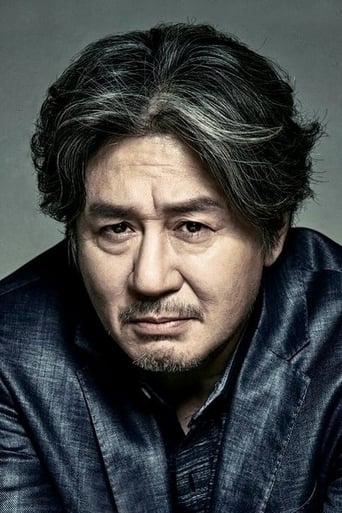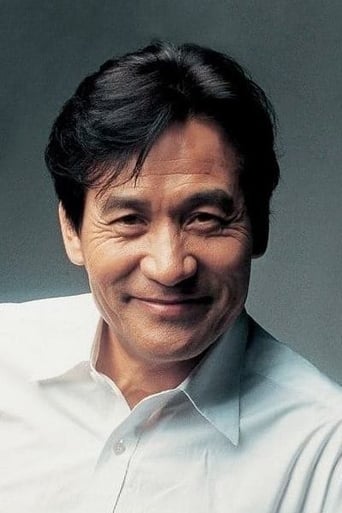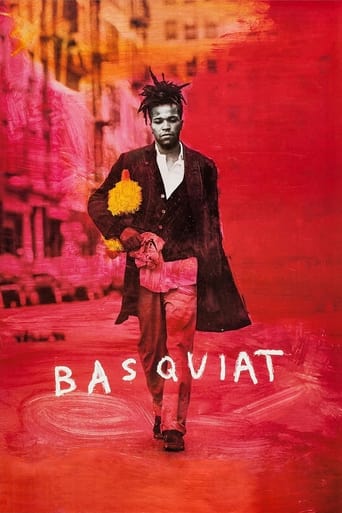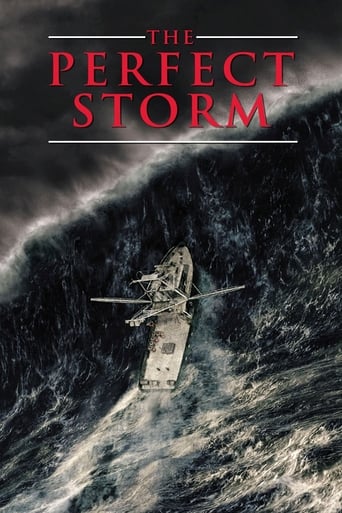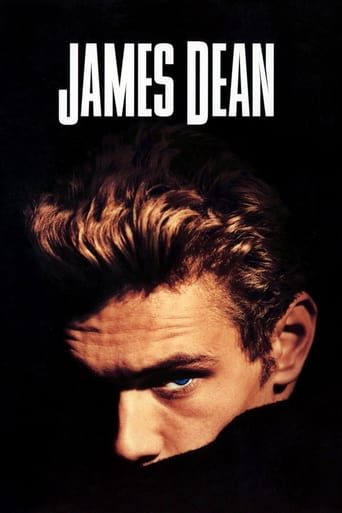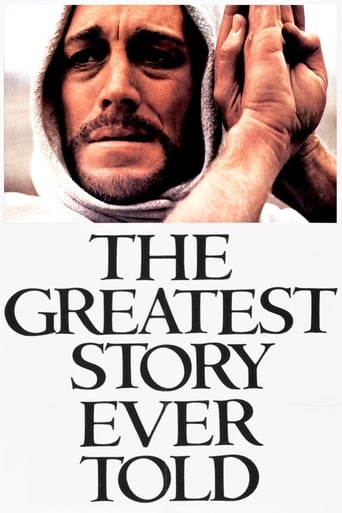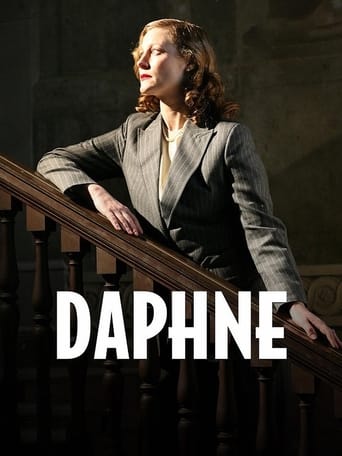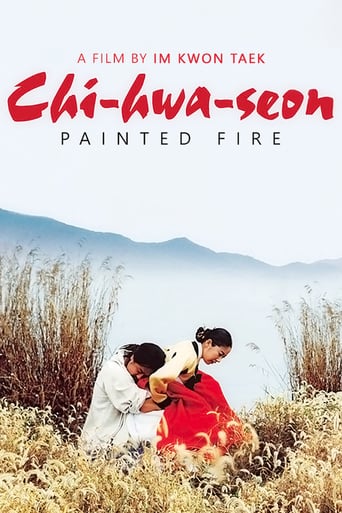

Painted Fire (2002)
In a time of political and social unrest in 19th century Korea, uncouth, self-taught painter Jang Seung-up explores his natural talent amidst the repressive world around him.
Watch Trailer
Cast


Similar titles
Reviews
That was an excellent one.
Good concept, poorly executed.
This story has more twists and turns than a second-rate soap opera.
The best films of this genre always show a path and provide a takeaway for being a better person.
Painted Fire,also known as Strokes of Fire or Drunk on Women and Poetry, is a South Korean drama film directed by Im Kwon-taek.It stars Choi Min- sik,Ahn Sung-ki,Yu Ho-jeong,Kim Yeo- jin, and Son Ye-jin.It tells a story of Jang Seung-up, a nineteenth- century Korean painter who changed the direction of Korean art.Painted Fire has its story set during the 1850s. Kim Byung-moon saves young Seung-up from being beaten by a group of drifters. Seung-up draws him a picture to explain the reason of being beaten. Kim looks carefully at Seung-up's rough yet extraordinary talent and years later, Kim encourages Seung-up to pursue the life of a true artist and gives him a pen name, Oh-won. Seung-up meets Mae-hyang, a daughter of a declined Yangban or nobility who attracts him deeply. But, they part when she runs away from persecution of the catholic. Seung-up leaves and wanders about in pursuit of the truth of art. Nobody can hold on to him. Only through pleasure can he eagerly stroke his paintbrush. He confirms the power of his brush stroke through his painting of a monkey with a liquor bottle in hand while mocking the world. As fame builds up, he yearns to change and stretch beyond his limits. Then one day, he experiences all his body's energy flowing into the paintbrush. Seung-up, in a misshaped bowl, discovers the state he has strive to attain and turns his back to the world and fades away.Painted Fire is one excellent and outstanding movie.It had brilliant performances from its cast especially Choi Min-sik.The story was absorbing from beginning to end. The direction was phenomenal as we get into the persona of Jang Seung-up,his story and his art.In summary,it is one great Asian cinema experience.
This film, winning Im Kwon-Taek the Best Director at Cannes in 2002 (tied with P.T. Anderson for Punch-Drunk Love), is about a 19th century Korean painter with a commoner's roots and significant impact on Korean painting. One of the strengths?of the film is that Im tries to help us see with the eye of a painter, so we see multiple scenes and objects which help our drunken painter friend, Jang Seung-up (Choi Min-shik),?receive inspiration.The costumes and the art direction are all impressive and the acting is even along being good. It's not a movie that moved me, but it was one that made me think about art and what it means to find your own voice in it. That's pretty cool. It's also interesting to see a version of Korea during those times right before the turn of the century, where Chinese and Japanese powers are both in Korea and the Chosun kingdom is coming to an end. More than one revolution and political ideology are gathered in the film, but are never the center. It's firmly on the painter.In the end, it's a well made film about the life of a painter. But it doesn't exactly have the regular three-act structure plot, so you have to be able to take a non-standard Hollywood story to watch it. Yay for art! 8/10
It is not surprising that this film was made by I'm Kwon Taek at the time it was. He examined the early beauty and tragedy of Chosun Dynasty life in Seopyonje and delightfully explored a well-known Korean folk tale in Chunhyang, and these comprised his last two films. What is most surprising is that Chi Hwa Seon, his 2002 offering, is not presented in the pansori style of those previous two films.Nonetheless, the experienced hand of I'm comes through. We explore together the life of a real person: a late nineteenth century Chosun Dynasty painter who rides on the edge of modernity but who is not a noble and who, because of that, causes a stir in contemporary Korean society with his fame and his public and artistic expressions of disdain for the old Korean noble class and his contempt for would-be Japanese ruling colonials alike. The painter, Chang Seung Up, known popularly as Oh Won (performed magnificently by Choi Min Sik, the famous star of Park Chan Wook's already legendary "OldBoy") becomes more and more influential and therefore more dangerous throughout the film. Contemporary Korean audiences will back a hero like this despite the fact, or maybe because of the fact, that he was so ostracized in his time. I'm's sense of simultaneous beauty and tragedy in history remains intact. I'm is a master at capturing his country's past idiosyncrasies, and in this film he almost outdoes himself. As expected in an I'm film, the cinematography is breathtaking, the editing is precise and the story is central.Plots are set against Seung Up, family ties are tested and broken, scandalous behavior is alleged (and is sometimes real), all to bring down the man who "painted fire." But against all the intricacies of I'm's detailed but sometimes convoluted account of Seung Up's life, Seung Up himself somehow manages to survive. He becomes legendary because of his ability to perfectly copy famous Chinese paintings after only one look. Art dealers and agents then besiege him and try to make money off "Oh Won." In other words, lines of people, who wish to take advantage of the real Seung Up, an artistic star, begin to form. But he refuses to be manipulated. His cleverness in staving off both the massive hordes and the imperial lackeys impresses the audience, if not the cast. What does Seung Up think? He possesses powerful emotions and opinions about painting, such as the aesthetic belief that paintings are living things and are never truly finished. He despises those who would try to turn art into profit. And he cares not for politicians who use their might to bring artistic beauty around them and then cast off the artist as traitorous. But he also thinks that painting plays a role in the coming upheavals. Horrid scenes involving foreign invaders from France and Japan are presented. I'm's signature historical epic motif, and his influence in the realm, remains on prominent display in this multi-million dollar epic. The protagonist causes greater grief for himself and those who care for him when he refuses to paint. This is when the story takes on a whole new meaning, one that is not just political, but social in nature. I'm takes on the issues in laudable realist fashion. He, Oh Won, becomes a Jesus figure. The people believe him capable of artistic miracles and the government feels it needs his artistic support, but the protagonist remains fiercely independent and contemptuous of what others want him to do or be. Eventually, both government and people come down upon Seung Up in a manner taken straight out of the Bible. His holiness becomes human; his humanity is not accepted; he dies for (or escapes from) the sins of the commoners, the art critics, the politicians, who hound him. But does he die? As with most of I'm's films, a question remains. In this case, does Seung Up really become an immortal hermit? The film does not tackle that question; it merely presents a possible end for the real man of Chang Seung Up, or Oh Won. No death is depicted because no death is known. It is difficult to find fault with this film, but I'm has become so good at presenting various historical absurdities in his culture that when he does, it hardly surprises anymore. As usual for I'm's films, the cinematography, the editing and the writing are all first rate. It's a well-crafted film imbued with I'm's uncanny story-telling ability. Granted, he may be best at doing this through the ancient Korean musical art of pansori. Still, the film contains stretches of this admirable art form, and by the end, viewers feel as if they have become privy to a great, untold story. And they have, because that, precisely, is I'm's gift.
Warning--this film has some amazingly graphic images and should never be seen by kids.The artist who this story is all about was indeed a fine Korean painter who rose up from the lowest depths to become their greatest painter. Unfortunately, in so many ways, this guy was also a jerk in so many ways. Some of this was the artistic temperament and what may have seemed annoying was just his demanding nature when it came to art. But, other times he was simply a drunk jerk--especially when he was on his way to becoming a great artist. Late in the film, his being annoying, abrasive and needlessly cruel seemed to have diminished. While all this didn't make him a particularly nice man, it is important to capture on film so we understand a lot about the nature of the artist.I really found the movie fascinating and loved how the artists actual works were shown throughout the movie (like in LUST FOR LIFE). I really wish I could show this to my students (I teach at a school for the arts), but can't because there is just too much adult material. Yes there is nudity, but even more problematic for any audience (particularly younger ones) is when he,....hmmm,...I don't think IMDb will even let me describe what occurred, but it was very graphic and involves bodily fluids. Not only a nasty and disgusting scene that did NOT need to be seen, but a reason to keep junior from watching this otherwise wonderful film. It's a real shame.


